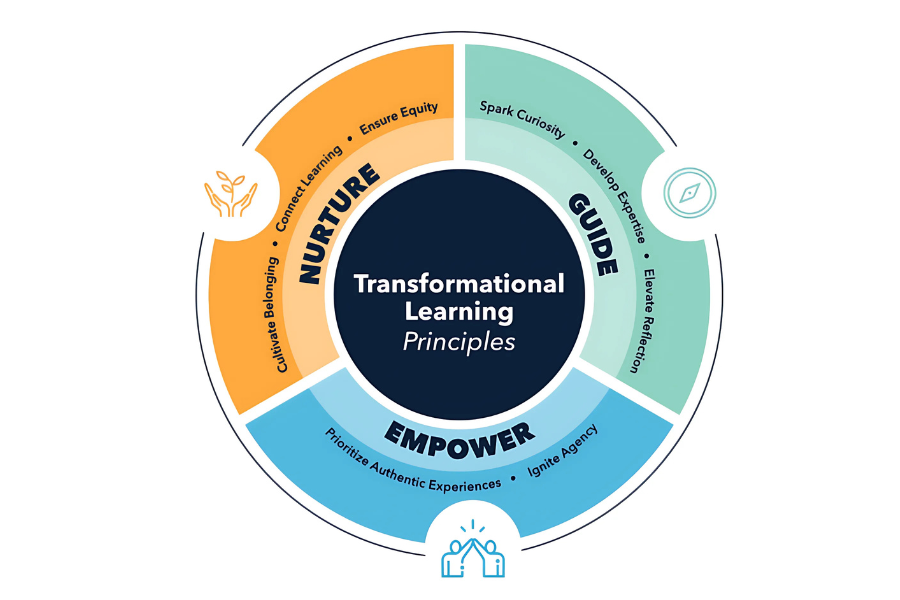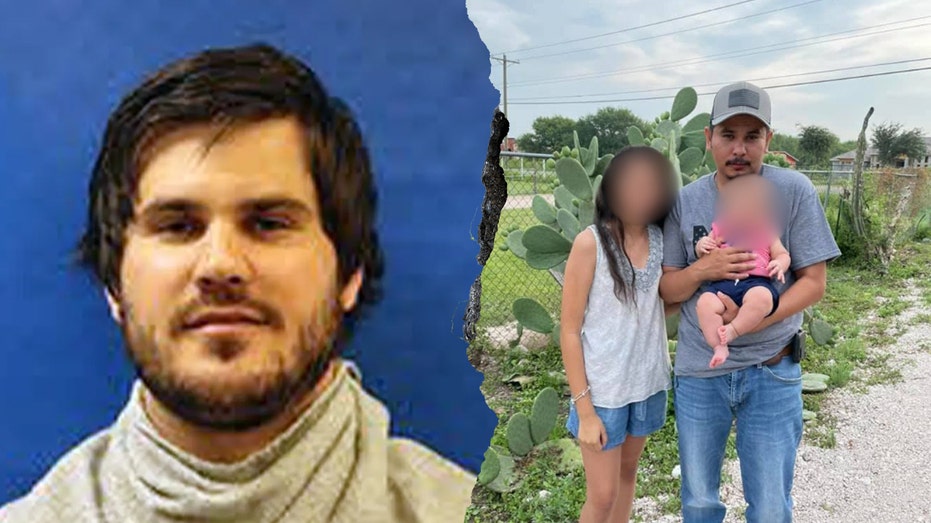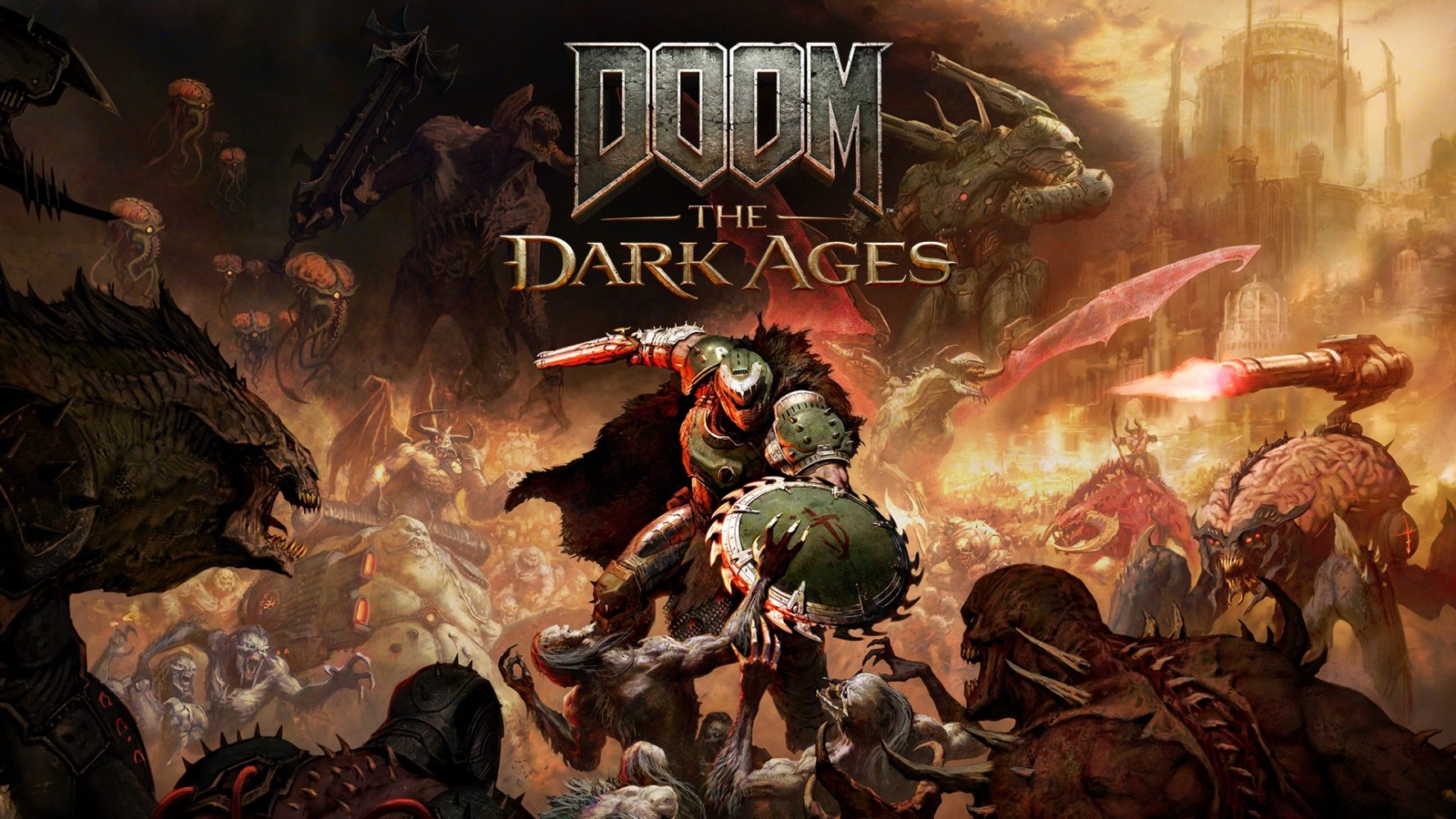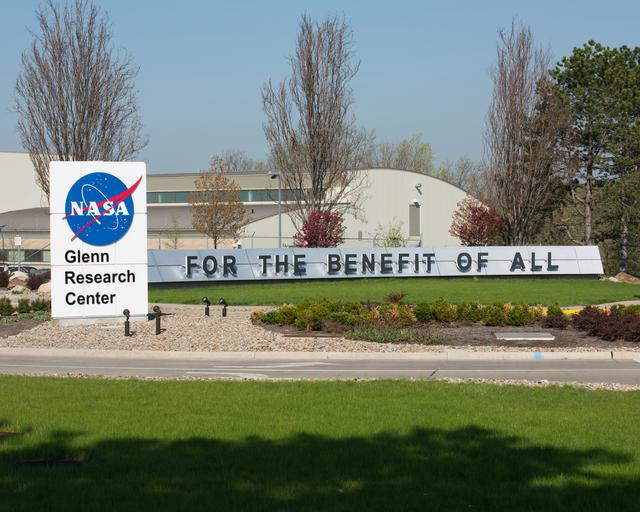Schools Alive with Transformational Learning
Explore ISTE+ASCD Transformational Learning Principles aligning with Getting Smart Design for whole-child educational improvements. The post Schools Alive with Transformational Learning appeared first on Getting Smart.

The ISTE+ASCD Transformational Learning Principles are a set of evidence-based practices that highlight the most essential elements of effective learning. Organized in three categories—Nurture, Empower and Guide—the Principles are aligned with Getting Smart Design Principles (accessible, personalized, purposeful, joyful, authentic, challenging) and present a fresh, whole-child and design framework.
The Transformational Learning Principles complement a learner profile (or Portrait Model) and suggest new learning priorities (i.e., belonging, agency, curiosity, expertise) in designing learning experiences. The eight principles are enumerated below with several school and system examples that bring them to life.
Cultivate Belonging
“Educators prioritize relationship building in physical and virtual spaces. They strive to create learning cultures that ensure students’ safety and belonging and foster durable skills such as empathy, creativity and collaboration.”
The small personalized schools in the Big Picture Learning network cultivate belonging through a strong advisory program which empowers students to spend two days a week learning in the community. The network is celebrating 30 years this summer at the MET in Providence.
The advisory system at Valor Collegiate in Nashville is Powered by Compass. “Working the Compass” means intentionally developing key disciplines, habits and mindsets that support excellence in mind, body, heart and spirit.
Connect Learning to the Learner
“Educators hold high expectations for all students and tailor instruction to meet students’ individual needs and interests. They use differentiation strategies and impact technology tools to embrace learner variability, increase engagement and advance progress toward mastery.”
Building 21 operates two high schools in Pennsylvania and has more than 44 public school affiliate sites that share the competency-based Beacon platform. Learning is personalized to meet each student’s unique needs, interests, and goals, fostering agency and ownership over their education.
In California’s Central Valley, Lindsay USD “students come to school and are met at their developmental learning level, they are challenged, they are successful, and they leave school wanting to return tomorrow.” Lindsay learners set daily and weekly learning goals in the performance-based system and track their progress with Empower.
Ensure Equity
“Educators are responsive to students’ cultural and developmental contexts. They celebrate and build on students’ identities, strengths, and voices. They reduce barriers to meaningful learning, especially for students from historically marginalized backgrounds.”
Urban Assembly supports a network of 22 small, career-themed schools in New York City. They ensure equity through coaching school leaders and staff, and helping schools create data-informed systems.
Dallas ISD has three Career Institutes, which serve as central locations for CTE programs across the district. These Career Institutes are strategically located to create city-wide access. The Career Institutes are part of a larger network of CTE programs, which also includes offerings at middle schools and high schools.
St Vrain Valley P-TECH academies (at four comprehensive high schools) offer accelerated pathways and work-based learning opportunities. Outreach for these programs targets first-generation students.
Spark Curiosity
“Educators connect content and skills to students’ prior knowledge, experience, and passions to spark curiosity and inspiration. Technology is used to create new pathways for student engagement and enable students to express knowledge, skills, and aspirations in a variety of ways.”
Barrington High in District 220 north of Chicago is where the INCubatoredu entrepreneurship class was developed. Teams of students spend the first few months spotting a problem worth solving, then they develop and test a business model. Barrington also features GEM, a flexible learning program for seniors that encourages interdisciplinary community-connected projects that extend pathway learning. (See feature on Barrington High School and Podcast with Melissa Byrne on the District’s Innovation Framework 220)
Two schools spark curiosity by teaching design thinking and leadership in 9th grade: LEAD Innovation Studio in Park Hill (Kanas City) and Design Tech High (Redwood City).
Two zoo-based schools spark place-based curiosity. School of Environmental Studies, on the campus of the Minnesota Zoo, is a magnet school for juniors and seniors that immerses students in the study of environmental issues. Science and Math Institute (SAMI) at the Point Defiance Zoo in Tacoma is a hands-on STEM school with internships and outdoor science experiences. (See summary of SAMI and feature of SAMI)
Develop Expertise
“Educators use evidence-based practices to ensure students learn and develop essential skills and knowledge. They frame learning around key conceptual understandings, use multiple modes of presentation and inquiry, model skills, and prioritize intentional practices.”
DSST is a Denver network of high performing secondary STEM schools with a 100% college acceptance rate. DSST was founded on six Core Values of Respect, Responsibility, Integrity, Courage, Curiosity, and Doing Your Best, which create common agreements to develop a strong, healthy community. (See feature on DSST)
Shared instructional values of inquiry, research, collaboration, presentation, and reflection are evident in every classroom of Science Leadership Academy, a public magnet high school in Philadelphia known for its inquiry-driven, project-based approach. (See feature on Science Leadership Academy)
Elevate Reflection
“Educators use a variety of data and tools to provide timely and specific feedback to students that helps them understand how to improve and encourages critical thinking. Students are given time and support to reflect on, learn from, and apply feedback. They monitor their own progress and set goals.”
After each of 72 immersive K-12 career-connected units of study in Cajon Valley USD, students reflect on their strengths, interests, and values as they consider possible futures.
Students in the Anaheim Union High School District use the eKadence platform, developed in partnership with UC Irvine, to reflect on 5C progress (collaboration, communication, critical thinking, creativity, and compassion) including short TED talks where they tell their story. (See feature on Anaheim Union School District)
Prioritize Authentic Experiences
“Educators create opportunities for students to apply and extend their learning in meaningful, real-world contexts. They facilitate authentic performance-based projects and assessments that elevate students’ roles as designers, creators, collaborators and problems solvers.”
Design39, in the Poway School District north of San Diego, is a K-8 school featuring design thinking, personalized learning and a motto of “Life ready thought leaders who elevate humanity.” (See feature of Design39)
Tacoma School of the Arts is an example of a city-as-campus with theaters, museums, and university partners. Established in 2001, SOTA offers an interdisciplinary curriculum that integrates the arts into academic subjects, fostering creativity, critical thinking, and collaboration. Adjunct performers and artists support depth and application. (See feature on Tacoma School of the Arts)
Blue Valley Center for Advanced Professional Studies (CAPS), opened in 2009 in Southwest Kansas City, offers high school juniors and seniors immersive, profession-based learning experiences (see feature on CAPS). It spurred the CAPS Network with more than 120 affiliate sites nationwide.
CAPS inspired the Real World Learning initiative in Kansas City. The 85 collaborating high schools are adding internships, client-connected projects and entrepreneurial experiences. Raymore-Peculiar High was an early leader in adding client-connected projects to core courses.
EDGE is a global studies academy at Liberty High School in north Kansas City where students conduct impact projects focused on the UN Sustainable Development Goals. (See feature on Liberty EDGE)
Ignite Agency
“Educators use a mix of learner-led approaches and flexible learning formats to encourage student agency and exploration. Students have opportunities to follow their own intellectual pursuits, take risks, make discoveries, challenge assumptions, and build lifelong learning skills.”
Schools in the New Tech Network feature team-taught project-based learning. They define agency as “students’ innate capacity to make decisions, set goals, and plan and carry out next steps.” Teachers and students assess agency demonstrated in each project using grade span rubrics.
High Tech High in San Diego has been showcasing deeper learning for 25 years and convening a network of deeper learning schools for 15 years. “Designing learning experiences that engage young people in the community and with the community early on is the crux of deeper learning,” explains Kali Frederick, Professional Learning Designer at HTH GSE. Frederick has been working with AI platform Inkwire to help teachers identify projects and community partners, host powerful learning experiences, and extract evidence of deeper learning.
Jefferson County Open School, in west Denver, is a 50 year old progressive PK-12 public school that emphasizes student-centered experiential learning. In their last three years of high school, students design and complete six passages: adventure, career, creativity, global, inquiry and practical skills. (See feature on the Open School)
Conclusion
The ISTE+ASCD Transformational Learning Principles are a useful design framework for learning experiences, pathways, and new schools. Most of the school and system examples mentioned above are strong on all 8 dimensions. Visiting innovative schools is the best way to observe design principles in action, learn about new principles and build a mental model of powerful learning experiences.
The post Schools Alive with Transformational Learning appeared first on Getting Smart.
















![Life in Startup Pivot Hell with Ex-Microsoft Lonewolf Engineer Sam Crombie [Podcast #171]](https://cdn.hashnode.com/res/hashnode/image/upload/v1746753508177/0cd57f66-fdb0-4972-b285-1443a7db39fc.png?#)



























































